
Girl maths in action – five ways brands can support women today
In a world where money matters brands have an opportunity to educate and support.
Mastering a new communications platform

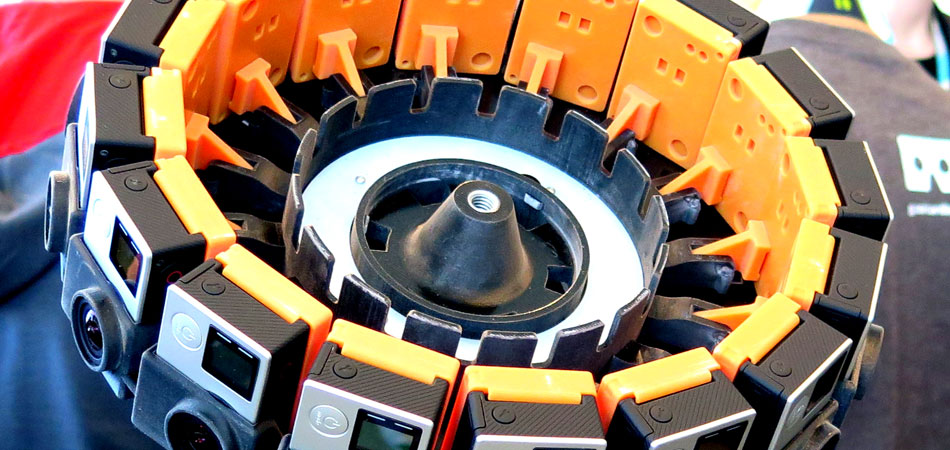
2016 will be the first billion dollar year for virtual reality, according to a report by Deloitte Global. On 6th January the longawaited pre-order list for Oculus Rift was released, timed to coincide with CES in Las Vegas. Samsung Gear is already on the market and Sony launched their Playstation VR last week. The technology is out there. We are only just starting to unlock the possibilities of VR “Virtual reality is really a new communications platform,” said Mark Zuckerberg. “By feeling truly present, you can share unbounded spaces and experiences with the people in your life.
Imagine sharing not just moments with your friends online, but entire experiences and adventures.” It’s debatable if donning a headset and earphones is the best way to share experiences with friends, but it can’t be denied that virtual reality will open up unique and exclusive experiences to the masses. In retail Topshop and Tommy
Hilfiger have both used VR to give their fashion-obsessed customers a seat on the front row, while North Face inspired budding explorers by transporting them to Yosemite National Park. The intention is not to replace reality, but to whet the appetite of the customer and to temporarily transport them into the world of the brand they are about to buy into.
Virtual reality will soon be available for everyone. Last year Google teamed-up with GoPro to create Jump, a camera rig that houses 16 cameras shooting 360 degree footage. Used alongside Google’s free footage stitching programme, The Assembler, can convert these separate videos into a 360 degree film. As we witness a proliferation of amateur and professional 360 films, the challenge will be for brands to commercialise this new communications platform. Watch this [virtual] space.
Read on for examples…
In November 2015, to coincide with the launch of its new virtual reality app, The New York Times delivered 1.2 million Google Cardboard viewers to their home-delivery subscribers. The headsets were to be used to watch a specially commissioned film called The Displaced. The first in a series of virtual reality films for the magazine, it’s about three refugee children growing up in Lebanon, South Sudan and Ukraine respectively. “By creating a 360-degree environment that encircles the viewer, virtual reality creates the experience of being present within distant worlds, making it uniquely suited to projects, like this one, that speak to our senses of empathy and community.” said Jake Silverstein, Editor in Chief of The New York Times Magazine. “What better use of the technology could there be than to place our readers within a crisis that calls to us daily with great urgency and yet, because of the incessancy of the call, often fails to rouse us at all?”
The films form part of a multimedia documentary project. Following the launch, The New York Times saw some of its highest ever charitable donations.
Agency: In-house
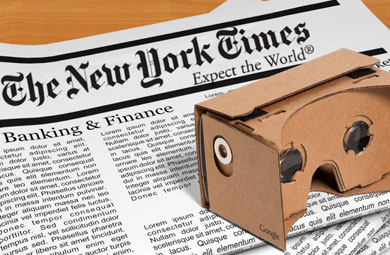
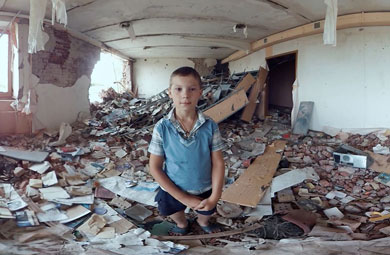

The Salvador Dalí Museum has brought their visitors closer to the art through virtual reality. An atmospheric film explores the surrealist artist’s famous 1935 painting, Archeological Reminiscence of Millet’s “Angelus”.
Using Oculus Rift headsets, visitors can enter the ‘Dreams of Dali’ experience and discover the enchanted structures and dreamlike animals that live within the artwork. The film will be available to everyone on mobile, desktop and virtual reality devices like Google Cardboard via the Dreams of Dali website.
Agency: Goodby Silverstien & Partners, San Francisco
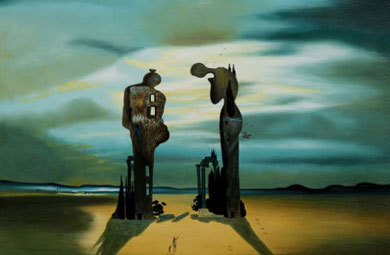
The best way to discover South Africa is to experience it. The South African tourism board commissioned a series of 360 degree films to give prospective travellers a taster of their most famous attractions. By putting on the virtual reality headset, users can abseil down Table Mountain, kite-surf on the coast, feed elephants and dive with sharks. Filmed entirely on location, the video was shot using a series of cameras in 3D printed mounts to create the full 360 degree effect. A pioneering way to capture 360 degree sound was also designed for a fully immersive experience.
Agency: UM, London & Visualise, London
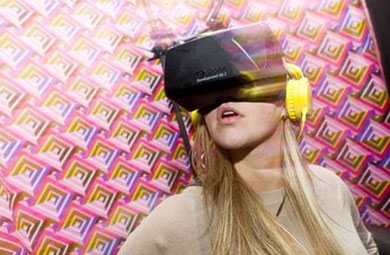
To launch the 500 X, Fiat created a virtual reality test-drive experience like none before. By combining photo-real CGI and live footage, the 360 film takes the viewer though an immersive journey both inside and outside the car. Who better to front the ultimate car reveal than internationally famous magician, Dynamo? Appearing in the VR film and at live e vents, he combined a unique blend of theatre, illusion, technology and dance choreography to conjure up the mysterious Power of X for the audience.
Agency: krow communications, London
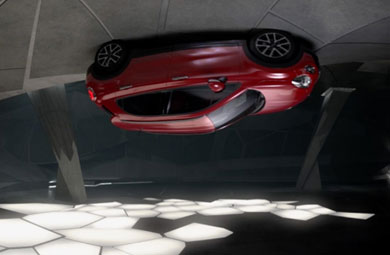
Looks like you need to create a Creativebrief account to perform this action.
Create account Sign inLooks like you need to create a Creativebrief account to perform this action.
Create account Sign in